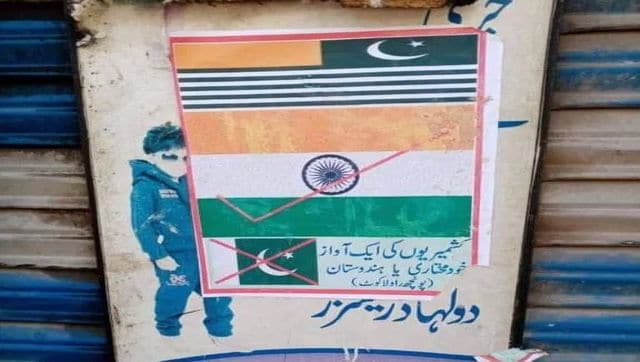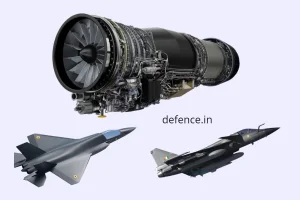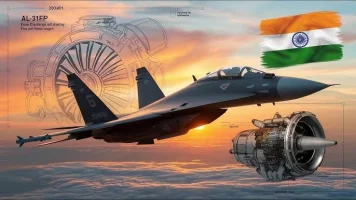
The serene valleys of Pakistan-occupied Kashmir (PoK) have been rocked by unrest, with violent clashes resulting in the death of a police officer and injuries to hundreds more.
The cities of Muzaffarabad and Rawalkot have become the epicenter of this turmoil, with chants of "Azadi" (freedom) echoing through the streets alongside posters demanding a merger with India.
The Root of the Unrest
The protests were initially sparked by a shutter-down strike called by the Jammu Kashmir Joint Awami Action Committee (JAAC), a group representing traders in the region. Their grievances stemmed from rising inflation, demands for tax-free electricity from the Mangla Dam, subsidies on wheat flour, and an end to privileges enjoyed by the elite class.However, the situation escalated when Pakistani authorities arrested around 70 JAAC activists in the days leading up to the strike. This heavy-handed approach fueled further anger, culminating in a planned long march to Muzaffarabad on Saturday, May 11th.
Violence and Crackdown
The long march was met with a forceful response from the police, who used tear gas and batons to disperse the protesters. Disturbing videos circulated on social media, showing both police brutality and protesters retaliating with sticks and stones. Tragically, one police officer lost his life in the clashes, and many more were injured.The violence has drawn condemnation from various quarters, including the Awami Workers Party (AWP), which criticized the deployment of paramilitary forces and the suppression of legitimate demands.
PoK's Plea for India's Intervention
Amidst the turmoil, PoK activist Amjad Ayub Mirza has appealed to the Indian government to intervene. He argues that India cannot remain a silent spectator to the suffering of the people in PoK and Gilgit-Baltistan.Mirza emphasizes that this is a "golden chance" for their freedom and urges India to seize the moment.
The Way Forward
In the aftermath of the violence, PoK's Prime Minister Anwarul Haq has called for calm and expressed his willingness to address the protesters' demands. Pakistan's President Asif Ali Zardari and Prime Minister Shehbaz Sharif have also expressed concern over the situation.However, the situation remains tense, and the future of PoK hangs in the balance. Whether Pakistan can address the root causes of the unrest and restore peace remains to be seen. Meanwhile, the calls for India's intervention add another layer of complexity to this already volatile situation.
A History of Unrest
It's worth noting that this is not the first time PoK has witnessed such protests. Similar demonstrations occurred in August 2023, with protesters demanding lower electricity costs and cheaper wheat flour. This highlights the ongoing frustration and grievances within the region, which have now erupted once again with tragic consequences.Current Situation and India's Response
As of May 13, 2024, the situation in PoK remains tense, with businesses in Muzaffarabad and Rawalkot still shuttered due to the ongoing protests. The Pakistani government has deployed additional security forces to maintain order and prevent further violence.India is closely monitoring the developments in PoK. While India has not officially commented on the situation, there is growing pressure on the government to take a more proactive stance in supporting the aspirations of the people in PoK. Pakistan, on the other hand, is facing criticism for its handling of the protests and its alleged human rights violations in the region.
Additional Considerations
As we continue to follow the developments in PoK, it's important to remain critical of the information we consume. Reports from both sides of the conflict may be biased, and it's crucial to seek out diverse perspectives to gain a comprehensive understanding of the situation.Additionally, it's worth considering the broader geopolitical implications of this conflict. The situation in PoK is not isolated; it is intertwined with the complex relationship between India and Pakistan, as well as regional dynamics in South Asia. Understanding these broader contexts can provide valuable insights into the root causes of the conflict and potential paths towards resolution.


